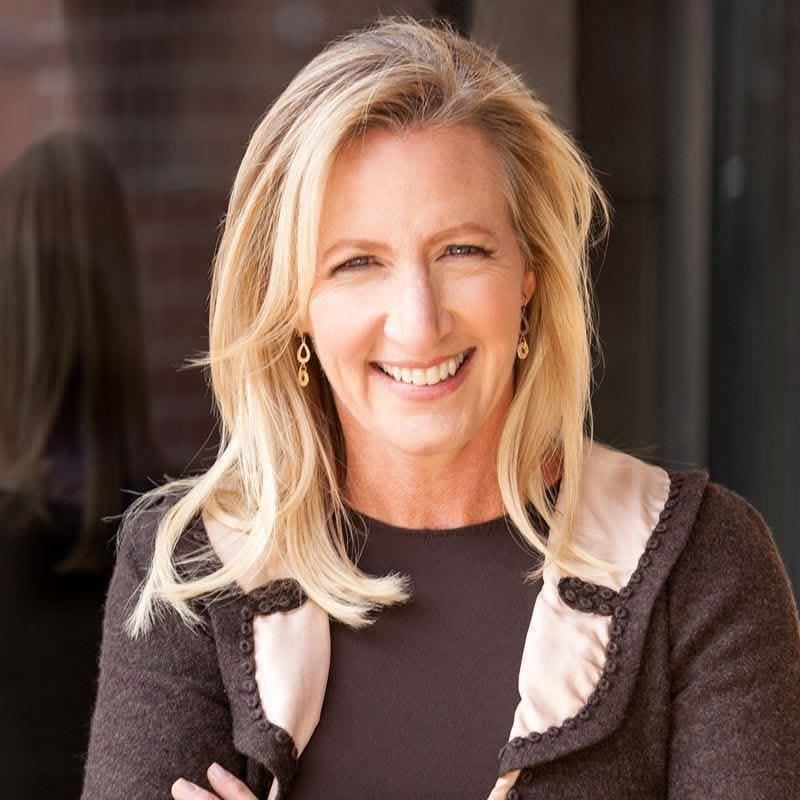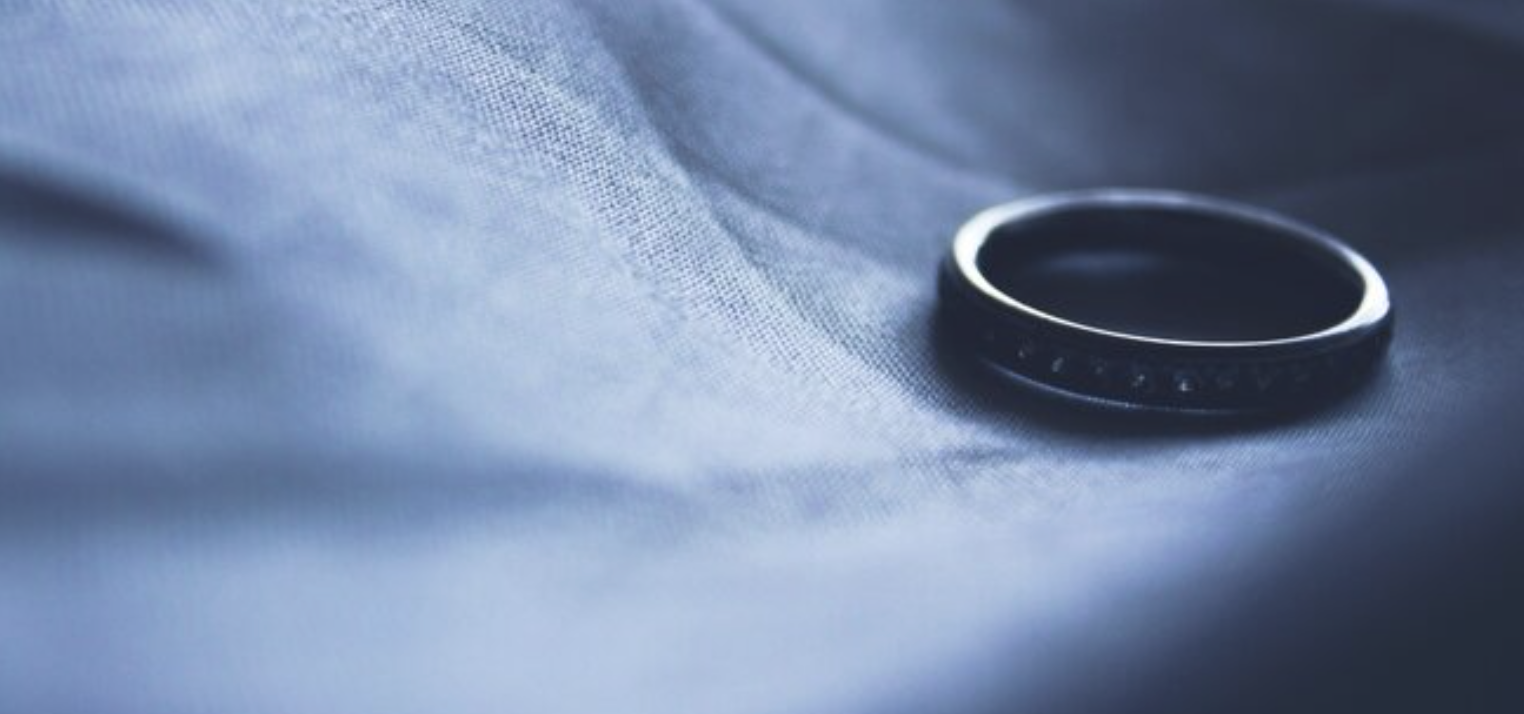Of the hundreds of COVID-related memes, cartoons, and videos that came across the transom in the early days of the pandemic, my favorite is still this one:
“Because of coronavirus you are going to be quarantined,” booms a loud, deep, disembodied voice to a man awaiting instruction. “But you have a choice.”
The man is ready to consider the options.
“Do you….”
“A.) Quarantine with your wife and child?”
The man listens.
“Or B.) ….”
“B!,” the man blurts out, interrupting.
“B.” he repeats with certainty.
“B.”
The humor turns on the implication the man would do anything but shelter in place with his wife and child. He chooses B without even knowing what it is.
I am a certified divorce coach, something I never announce without also adding in the same breath and almost as if one word, “- which-does-not-mean-I-promote-divorce.” As a divorce coach, I am a thinking partner, helping clients puzzle out options and optimize outcomes. I am a navigator, helping guide clients through the thicket of forms and the gauntlet of lawyers, mediators and accountants to promote efficiency and contain costs. And I am an emotional bulwark, fiercely protecting the ground under my clients’ feet. I do this whether they are considering divorce, in the heat of it, or emerging anew and preparing for ‘Chapter 2, Verse 1.’
Published studies indicate divorce rates decrease after man-made disasters but increase after natural ones. For the four years after 9/11, divorce rates in NYC dropped 32 percent. However, the rate of divorce nearly doubled after Hurricane Katrina and spiked 30 percent after Hurricane Andrew. Because COVID-19 is considered a natural catastrophe (no matter how much the bungled response was man-made), a post-COVID divorce boom is statistically likely.
It is in the context of these protracted viral, emotional and economic threats that we are starting to muse about which of our COVID-induced adaptations we will retain and which ones we will relinquish. This line of inquiry suggests that COVID is but a summer squall: kicking up suddenly, whipping around furiously, then passing through. It’s an appealing point of view. Scientists now suggest that years hence, when most adults become immune, children will experience COVID-19 as nothing more than a common cold, and even then, only children aged five and under. To wit, how many of us are aware of any transformations induced specifically by the Pandemic of 1918? How many of us even knew about that pandemic before last year?? Still, while history may remember COVID-19 as only a ‘moment in time,’ the generation that survives it is already confident that life won’t be the same.
COVID-19 was a rupture. Public health surveillance, global trust and our places of work are three of the many things that “aren’t going back to the way they were.”
And neither will we.
So, perhaps the better question is not ‘which of our COVID habits will we keep or discard?’ but rather, What parts of our pre-COVID selves will we keep and which will we retire? What accommodations have we made that we can no longer abide? What stressors can we no longer withstand? What grievances can we no longer bear? Have our basic tolerances for the trivial fundamentally changed?
Alternatively, what part of our post-COVID selves will we keep? Will we still be the neighbor who recognizes the heroism of essential workers? Will our hearts still hold space for the immune-compromised? The vulnerable? Will we still be consumers who support Black-owned businesses and applaud “front line workers”? Is it possible that COVID dulled our sense of smell and taste but sharpened our sight and sensitivities? Might it forever open our eyes to what we hadn’t noticed and enlarge our hearts to cherish the things we saw but hadn’t appreciated?
A hallmark of the COVID pandemic has been a seemingly interminable “shelter in place” and its more forgiving compromise “social distancing.” COVID has physically separated each of us from the other, from our extended families, our schools and our companies.
This medically-necessitated separation has been a psychological menace, and yet separation – that which I address literally as a divorce coach – is also a pervasive trope throughout our liturgy. Start with Bereishit. In the beginning, the world did not spring forth fully formed. Adonai did not birth our universe whole. Each day for six days, Adonai shaped one dimension, then another, then another. How? By separation. Adonai separated light from darkness to create day and night, separated earth from water to create land and sea. It was a process of separation that produced the most exquisite creation of all: our beautiful, fulsome universe.
Shabbat separates productivity from rest. Havdalah separates the holy from the routine. White garments on Yom Kippur separate our present self from our future, deceased one. Like the energy released splitting atoms, separation is often a creative, productive and transformative force throughout the Torah. Can it be so for us? Can this separation – from pre- to post-COVID and from one to another – forge better versions of ourselves?
I have always found it interesting, if not also oddly comforting, that the mishkan that was carried through the desert contained not only the two tablets brought down from Mount Sinai, but also the original, broken set that Moses threw down in rage. The Israelites were cowed by Moses’ anger and were changed by the new laws, but they still carried the broken pieces of the ‘first edition’ with them. Those pieces served as their material memory. I believe the broken pieces of our pre-COVID selves will come with us too, be it evidence of previous extravagances or reminders of the behavioral crutches we’ve thankfully outgrown.
The schism COVID has forced upon us is an invitation to create. This is our opportunity and our moment to make something exquisite that didn’t exist before …no matter with whom we choose to quarantine, this year or next.

Photo by Siora Photography on Unsplash
Get To Know The Author
WHP Alum Wendy S. Kesser (San Francisco 14) is Board President of JVS and a Certified Divorce Coach.

